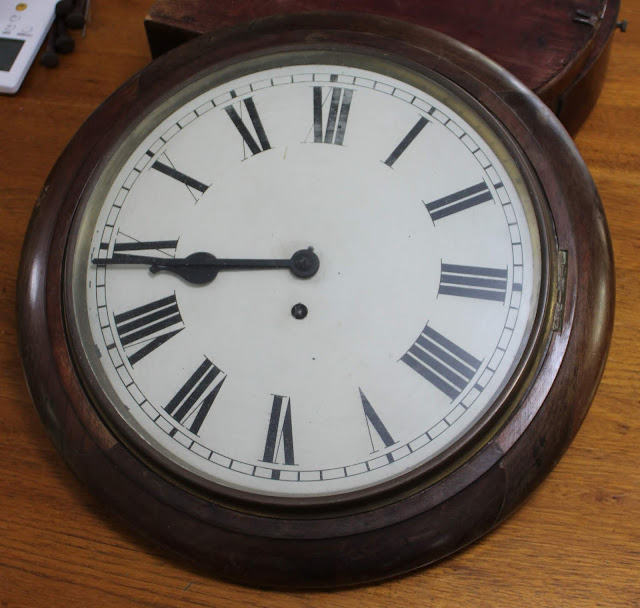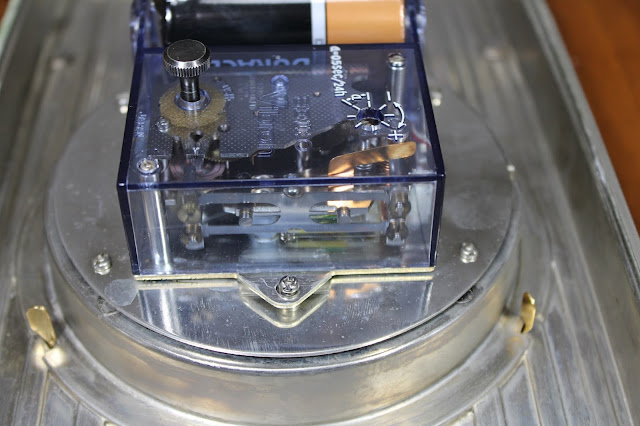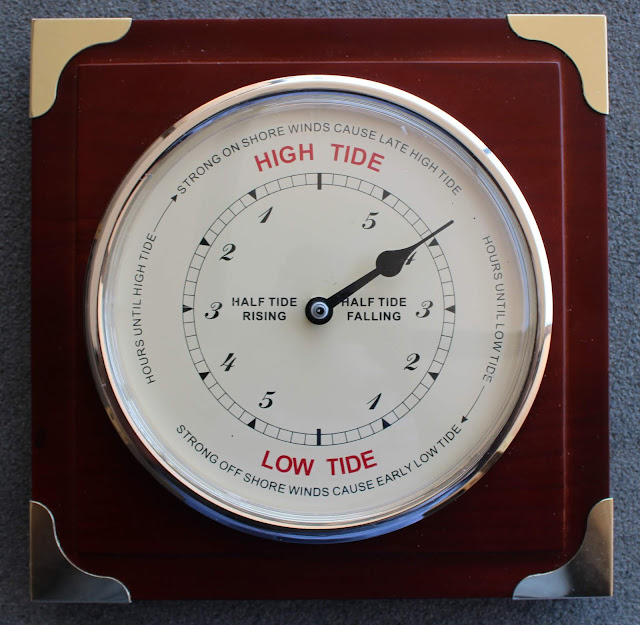French Carriage Clock and Case Unsigned c1800s

Significance A typical French? style Carriage Clock and Case, time only, Unsigned, c1800s. Top mounted balance wheel. A ornate clock to be used domestically, but with a substantial and well-used, carry case. The original carriage clocks were an important way of synchronising time between different places. In the time of only town clocks, a carriage clock could be taken in a carriage from one town to another to synchronise the time between the two locations. For more domestic purposes, in the 1800s, accurate clocks were expensive and an accurate carriage-style clock could be carried around a large house rather than having multiple clocks. Similarly, clocks could be used by the military to maintain correct time while moving about, before accurate watches, done with an officer's clock. Description A typical French-style carriage clock with a gilded brass and beveled glass case and a balance-wheel, time-only movement. Only the balance wheel has jewels and there is no marking...








